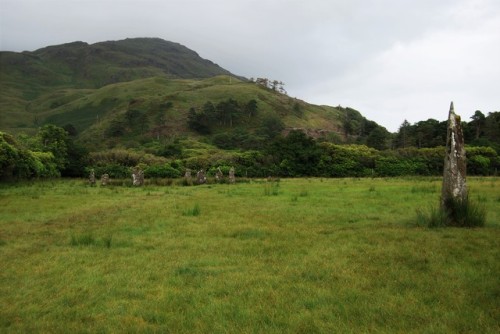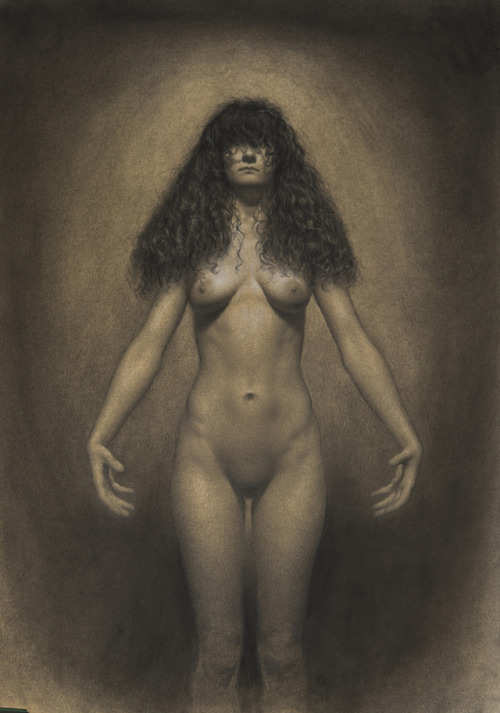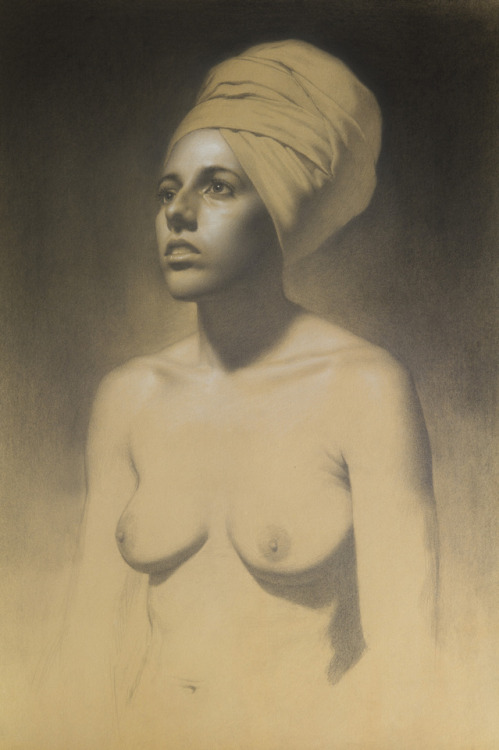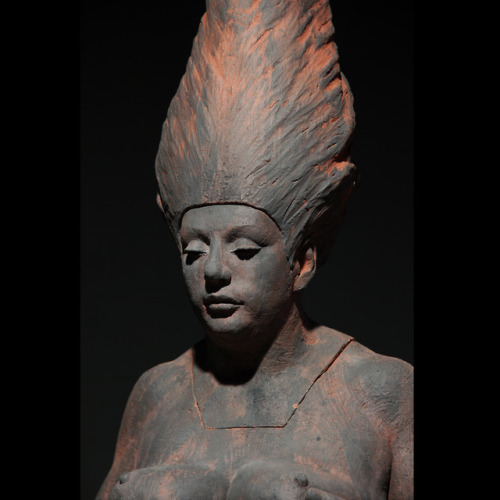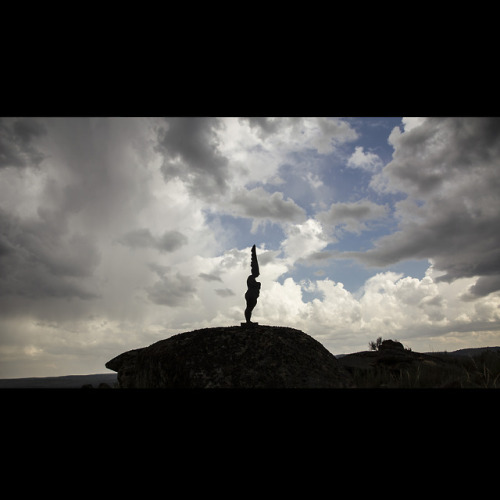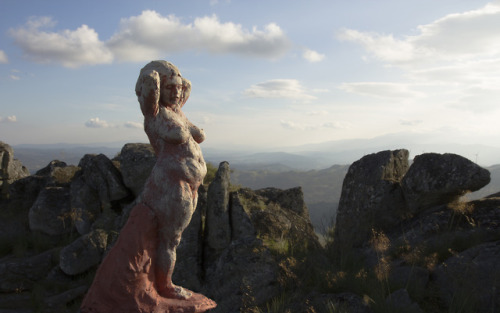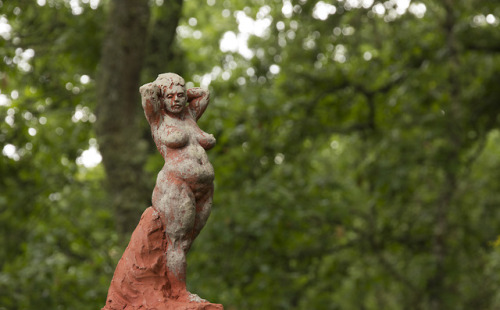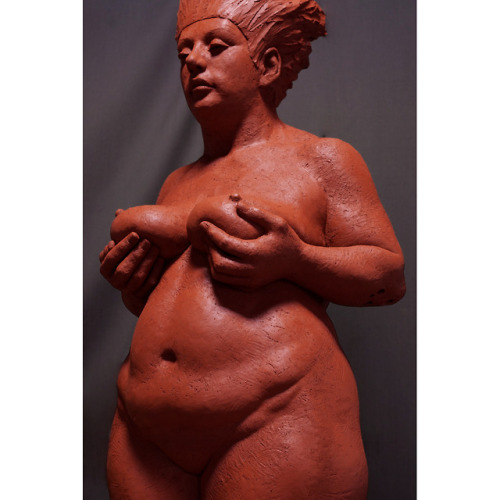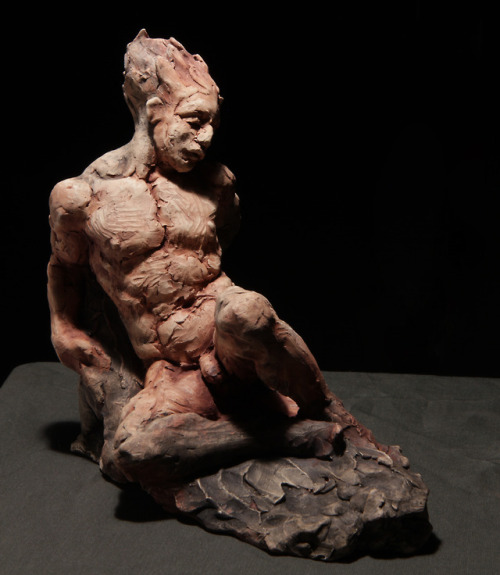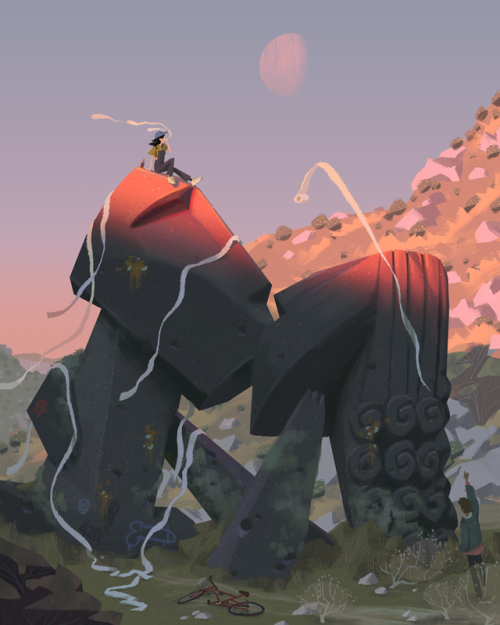#neolithic
Lochbuie stone circle, Isle of Mull, Scotland 2017
This small stone circle is the only one on Mull and stands in a breathtakingly beautiful setting, under the watchful gaze of Ben Buie.
You have to cross an extremely boggy field to reach it, so wear your tallest wellies and be very careful if you don’t want to be found as a bog body in thousands of years. Peat bogs are a type of wetland where the water on the ground surface is acidic and low in nutrients. They are filled with decaying organic matter, usually feature rich biodiversity and from a distance, they look rather homogeneous. However closer up, you discover that peat bogs are actually not that uniform in surface, depth or texture. In fact, they’re quite treacherous as you can never tell how deep (sometimes VERY deep) or spongy your next step is going to be. Hiking through them can be hell, as you can sink in bogs quite quickly.
The circle probably dates to the late Neolithic (3000 BC) or early Bronze Age. There were originally 9 stones, all of local granite. One of the stones has been replaced by a low boulder. The circle is about 12.3 metres in diameter, with the tallest stone about 2 metres high and the smallest about 1.2 metre high. Interestingly, the standing stones have been placed so that their flattest side faces the interior of the circle. There are three outlying stones, one about 5 metres from the circle to the south east. This is a fairly unobtrusive boulder about 1 metre high, and its azimuth of 123° with a very high horizon gives a declination of -12°, of no known significance. The second outlier is a very striking monolith about 3 metres high, standing at least 40 metres to the south west. The azimuth of 223.6° with a horizon height of 0.4° gives a declination of -23.7°, and so indicates the position of the setting sun at the winter solstice. The horizon is now partially blocked by nearby trees. Much further away (about 110 metres) is the third outlier, which is roughly 2 metres high. This stone looks like it has suffered a break near the top and was probably much taller when it was first erected. The bearing of 237° and an altitude of just over 2° gives a declination of -16.0°. This is the declination of the sun at the winter Quarter days in early November and early February.
Post link
Wimbledon Common, Putney Heath & Cannizaro Park
Wimbledon Common, Putney Heath & Cannizaro Park

“The Trance Ritual”
Here is the finnished drawing of the previous post. It took ages to take a decent photo as the drawing was stubbornly glaring at the camera… hard lessons in photographing drawings… always fun.
Post link
The title for this piece is still undefined but its part of my upcoming sculpture show. It’ll be about the Neolithic period, it’s matriarchal societies and the subsequential transition to more violent eras. Keep in tune for more stories made of stone.
In this piece I experimented with white chalk and grafite mixed together, it can get mushy but some of the results are delicious.
Post link
Here’s some detail shots of my Neolithic inspired figure, I have posted this before but I really like showing details. Here she is, feeding the world.
Post link
Late summer photo shoot of my Neolithic Venus. I took the piece to the “Côa” river valley, a place that seemed to be of utmost importance scince at least 20 000 years. Thousands of rock engravings have been found on this site, no one knows what the meaning of such a high concentration of engravings is but… it feels right to bring my sculpture over here. It’s also delicious to finalize a piece with a glorious landscape photo shoot.
Post link
This weekend I took my latest ceramics experimentation to the wild (my home city). It’s beautiful and super close to incredible locations. The first nature shot was in one of the holiest places of pagan Iberia: “Cabeço das Fráguas”. This site contains an incredibly rare inscription describing a ritual to the old gods in an ancient indo-european language. The rest of the shots where taken in the vicinity of continental Portugal’s highest mountain, Serra da Estrela.
Post link
A sneak peek at the development of this Neolithic Goddess interpretation. After this it’s the Tetris stage… also known as hollowing out… I’ll have to cut the piece into a puzzle, let it dry out, and then, to the kiln. Exciting moments!
Post link
A sketch for a river god piece.
I went to the douro valley for a proper display of the sculpture, a homage to Reve, one of the old gods, with the Douro river in the background.
Post link




